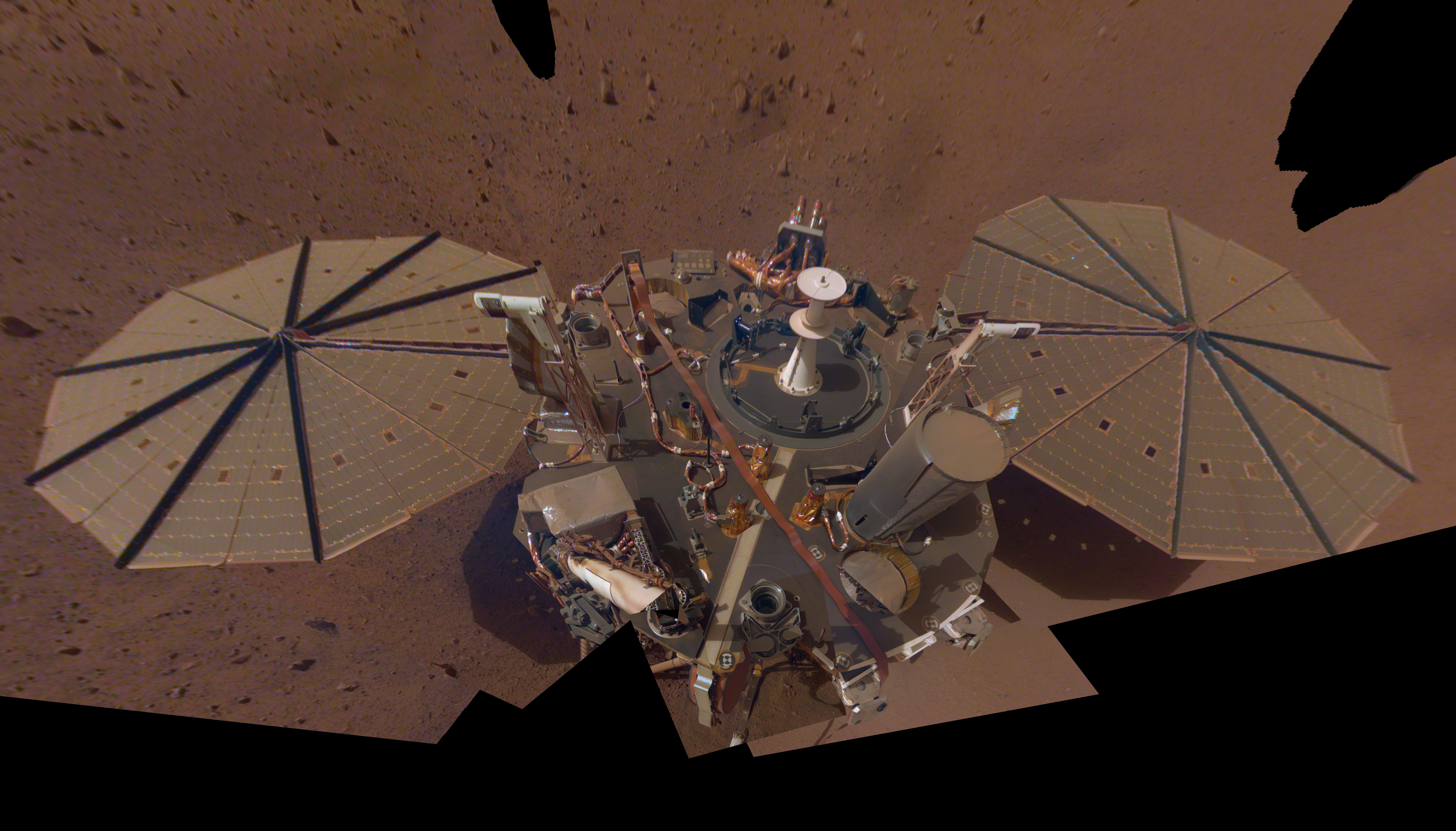Mars has proven to be a dangerous place for robots, despite the lack of life we’ve observed so far. Catastrophic dust storms that took away our contact with the Opportunity rover once and for all, could also be extremely difficult for NASA’s InSight rover. However, as the space agency reports, the passing winds often clean the rovers of Martian dust, powering them with a boost to continue their research.
The passing winds did more good than bad, they removed the dust off the solar panels of Opportunity and Spirit for years to extend their lifespan, which was originally estimated to be only 90 days. The dust on NASA’s InSight robot is also of extreme importance to science, as it will help scientists understand how these seasonal events occur. InSight is equipped with different weather sensors than its predecessors.
On Feb. 1, during InSight’s 65th Martian day or sol, the InSight robot detected a wind vortex which is also called a dust devil if it picks up dust and can be visible. The vortex likely caused the bumps in power of the rover, although its cameras didn’t pick up the vortex.
While this vortex is nothing compared to what Spirit and Opportunity observed in the past, researchers managed to get their first measurements of wind and dust that interacted with the rover.
“It didn’t make a significant difference to our power output, but this first event is fascinating science,” InSight science team member Ralph Lorenz of Johns Hopkins University’s Applied Physics Laboratory in Laurel, Maryland said in a statement. “It gives us a starting point for understanding how the wind is driving changes on the surface. We still don’t really know how much wind it takes to lift dust on Mars.”
Researchers say that the most important instruments on the InSight robot are the weather sensors, also known as the Auxiliary Payload Sensor Suite (APPS). The APPS managed to detect an increase in the speed of the wind and a sudden drop in air pressure, which indicated that there was a dust devil event.
“The absolute fastest wind we’ve directly measured so far from InSight was 63 miles per hour (28 meters per second), so the vortex that lifted dust off our solar panels was among the strongest winds we’ve seen,” InSight participating scientist Aymeric Spiga of the Dynamic Meteorology Laboratory at Sorbonne University in Paris said. “Without a passing vortex, the winds are more typically between about 4-20 miles per hour (2-10 meters per second), depending on time of day.”
NASA’s InSight rover landed on Nov. 26, 2018, in a location called Elysium Planitia, which is an area near Mars’ equator. The area is particularly good for studying so-called Marsquakes, which it detected recently. Additionally, it’s expected to see a lot of dust cleanings of Martian dust over the two years of its initially designed mission.
InSight is equipped with dinner-table sized solar panels which have also caught some of the dust since it has landed. It’s worth noting that the power output decreased by 30%, both because of the dust and also because Mars is moving farther away from the sun.





